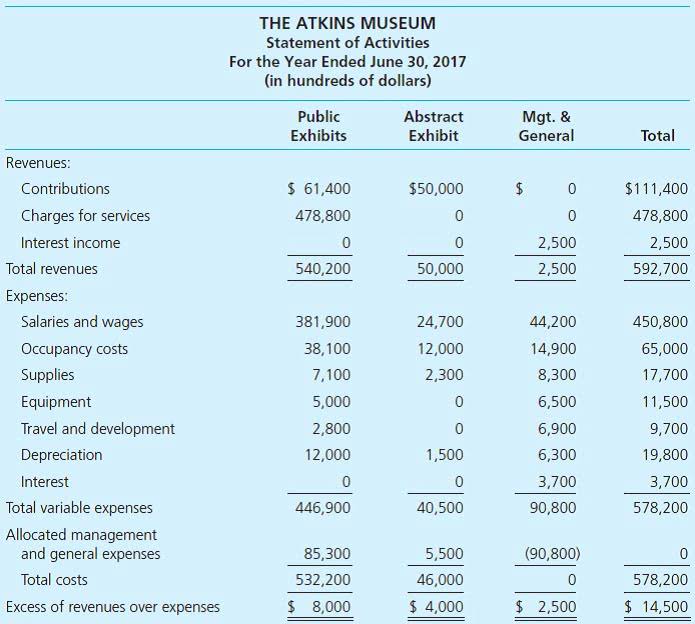
Once that standard has been selected, the COA is designed around that standard’s recognition guidance. The more closely it adheres to that guidance, the less likely mistakes in applying that guidance will be made. Instead of having to decide which standard will work best, they either apply the national GAAP or go to prison. Since these adjustments can be onerous, it is not an approach we recommend to our clients.

Key Components of a Legal Firm Chart of Accounts
- Liabilities are the amounts of money a company owes to others or the obligations it needs to fulfill in the future.
- Outsource national GAAP to a licensed national accountant / insured tax advisor.
- You will also need accounts to track reimbursable expenses or advanced client costs.
- If you can’t easily understand exactly where your money goes, you need to revamp your books.
- Non-current assets are things a company owns but won’t convert to cash shortly, like property, equipment, and long-term investments.
- A well-structured Chart of Accounts (CoA) is crucial for construction companies, given the industry’s project-centric nature and the complexity of tracking costs and revenues for multiple simultaneous projects.
- With the accrual method, you record revenue when it’s earned and expenses when they’re incurred—whether they’re paid right away or not.
Besides, the Chart of Accounts should include a Trust Liability account where all trust bank transactions will be posted. The funds are owed to the client until they are earned by the lawyer or disbursed in some other way. Remember to create separate general ledger expense accounts to differentiate between expenses incurred for your firm and expenses to be billed and reimbursed by your clients.
Chart of Accounts examples:

But you don’t want to set up separate accounts for legal pads, pens, printer ink, etc. CPA Practice Advisor is the definitive technology and practice management resource for accounting and tax professionals. CPA Practice Advisor has products that deliver powerful content to you in a variety of forms including online, email and social media. Remember that the COA is a tool tailored to the specific requirements of the business, so customization is often necessary. Regular review and adjustments ensure that the chart remains relevant and effective in reflecting the financial structure of the organization. This sample has been prepared keeping in mind the necessity of the customers and clients.
Recording deposits to IOLTA accounts as income
For example, your asset account might contain sub-accounts for your operating bank account, accounts receivable, and advanced client costs. Your liability account will have sub-accounts for current, segregated, and long-term liabilities. Nested under these you would find business credit card accounts, pooled trust accounts, and bank loans, among other things. Your law firm chart of accounts is the backbone of your accounting system. This listing also provides a structure for correctly managing funds between operating accounts and pooled trust accounts. A chart of accounts is integral to any law firm’s financial organization.
Manager’s Chart of Accounts Outline Template
The most unique feature of the law firm’s chart of accounts and law firm bookkeeping is the IOLTA or trust account. The lawyer does not own the funds in this account, so it must be recorded QuickBooks on a per-client basis. Create separate bank accounts, to avoid any commingling of client funds and operational funds.
Sample Mind Map
As mentioned above, equity is one of the so-called balance sheet accounts, as it appears in the balance sheet. Equity is listed alongside liabilities, representing the shareholders’ stake in the company’s assets. The total equity amount reflects the company’s net worth or book value, which law firm chart of accounts is the value of the assets minus the liabilities. In the United States businessesand organizations widely use a standardized chart of accounts. This standardization is particularly relevant when dealing with transactions such as the IRS Treas 310 Tax Ref, as it ensures that all financial activities are categorized correctly for tax purposes and compliance.
- A chart of accounts is integral to any law firm’s financial organization.
- When you’re just starting out, you can keep costs low by recording all income and expenses in a spreadsheet, like our Excel Income Statement Template.
- The December 31 bank statement shows a balance that is $10,000 less than your books or the client’s trust ledger due to a timing difference.
- You need to check if your client wants to separately keep track of filing fees, medical records, travel & other expenses.
- The purpose of the sub-group is to classify each account into categories that the business need to produce the balance sheet and income statement for accounting reports.
- The magic happens when our intuitive software and real, human support come together.
- A law firm chart of accounts is an essential part of the accounting system, providing a rigorous structure for meeting compliance requirements in the legal sector.
Help Your Clients Stay Current
Typically, a law firm chart of accounts includes five core categories (assets, liabilities, owner’s equity, revenue, and Record Keeping for Small Business expenses). You should also include interest on Lawyer Trust Account (IOLTA) or trust accounts and trust liability accounts. Law firms face many accounting challenges from managing client funds to tracking complex transactions. One big one is compliance with regulatory requirements especially around trust accounts and IOLTA (Interest on Lawyers’ Trust Accounts).

If you want your firm to stay compliant, be financially successful, and grow, you need to have an accurate and clear bookkeeping system for your law firm to follow. This could mean taking on bookkeeping tasks in-house or hiring a professional bookkeeper with experience working with law firms. IOLTA accounts are designed to keep client funds separate from your typical business or operating account—where you are allowed to accrue interest.
It groups various assets and liabilities under separate headings, allowing firms to record transactions accurately. This leads to more reliable income statements and balance sheets that track every account balance accordingly. CARET Legal, a specialized legal practice management software, makes it easy to manage law firm accounting. Using pre-configured law firm charts of accounts templates eliminates the need for manual creation.
